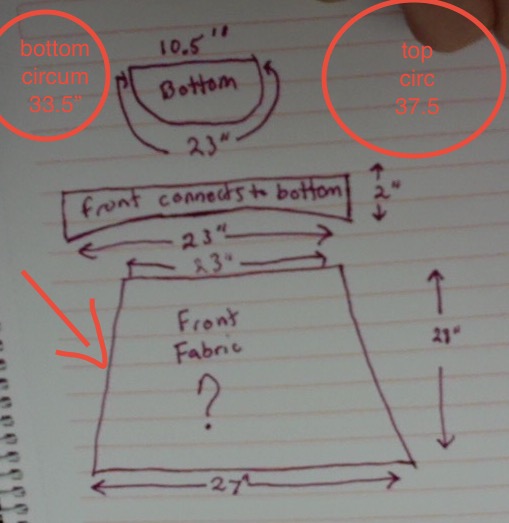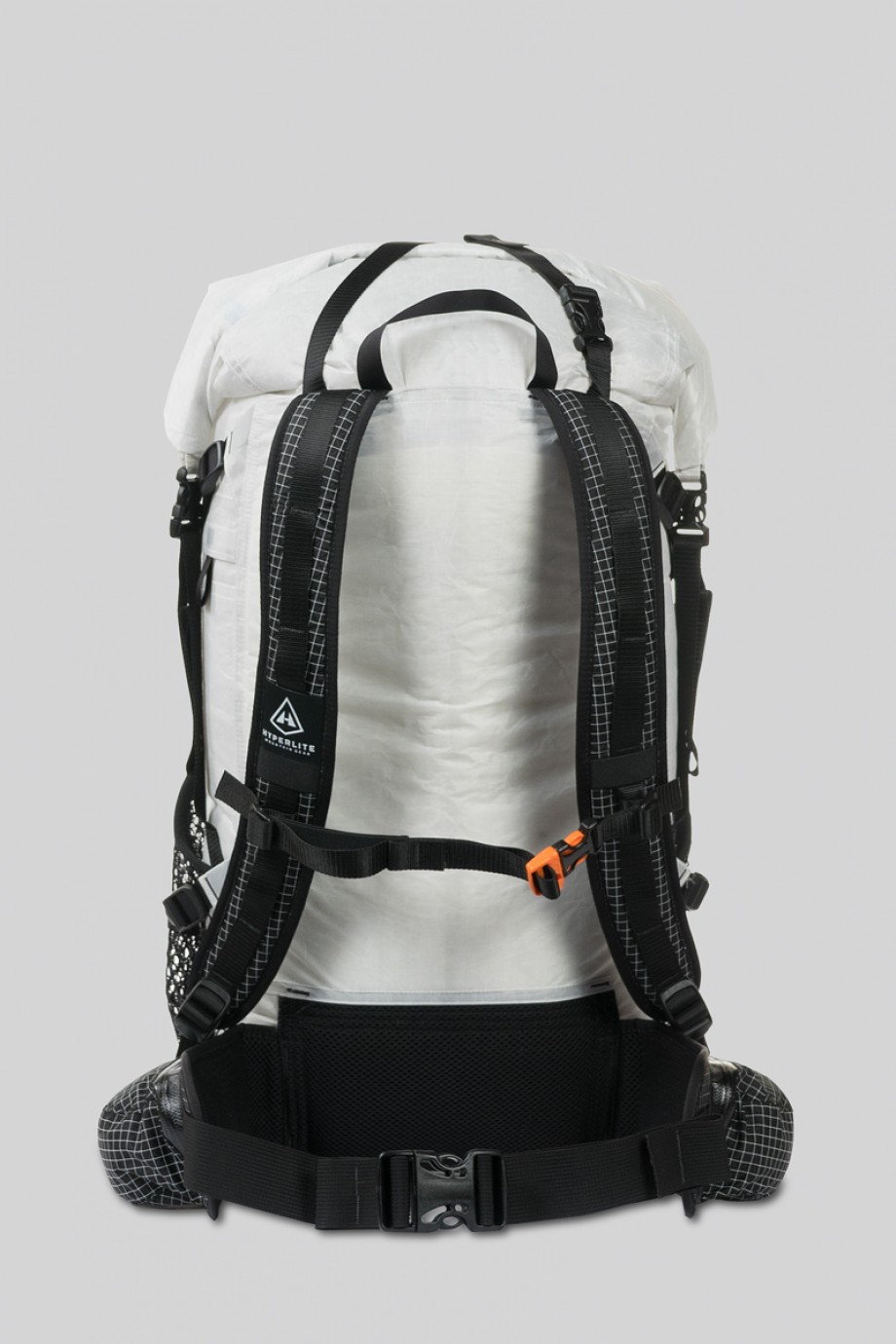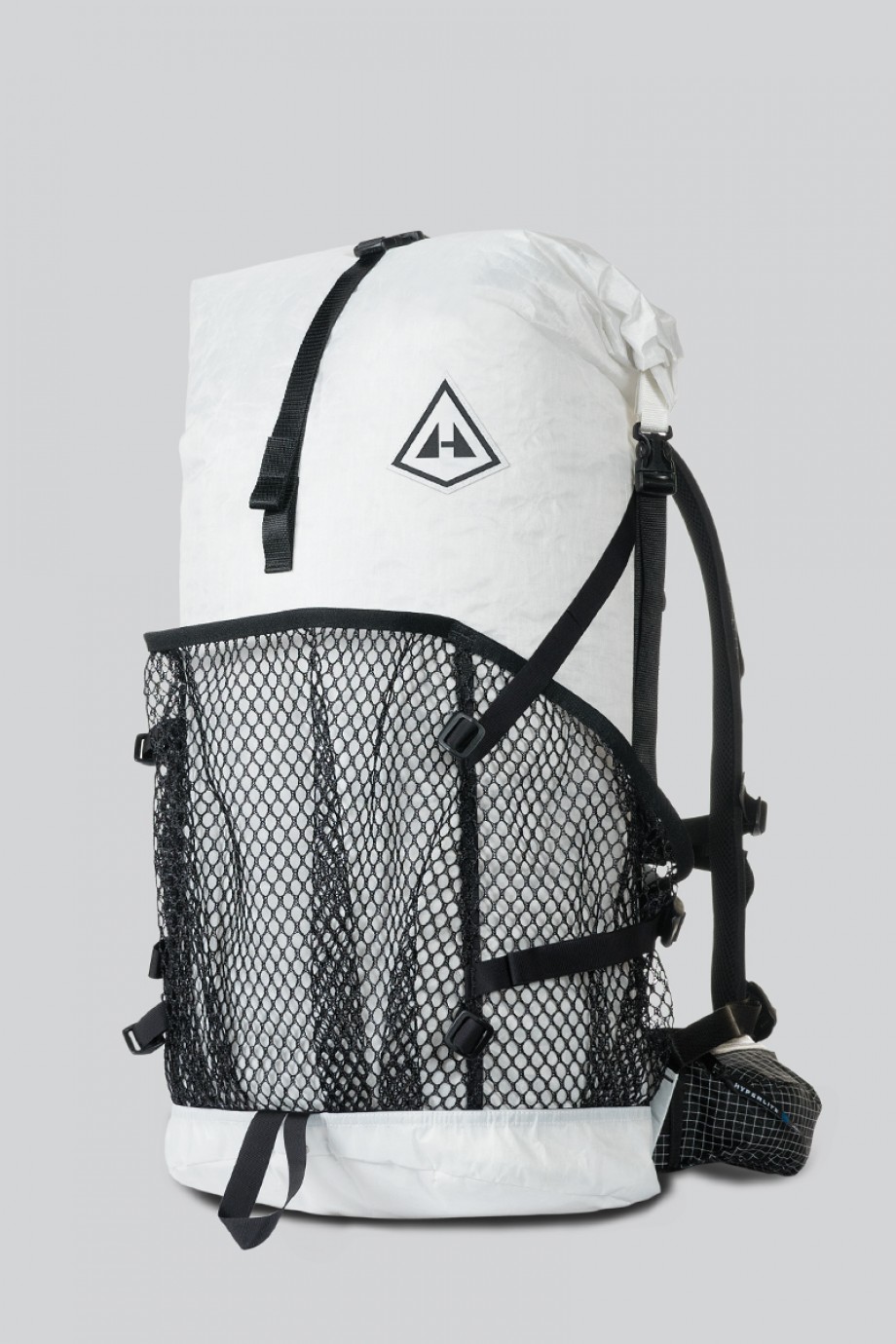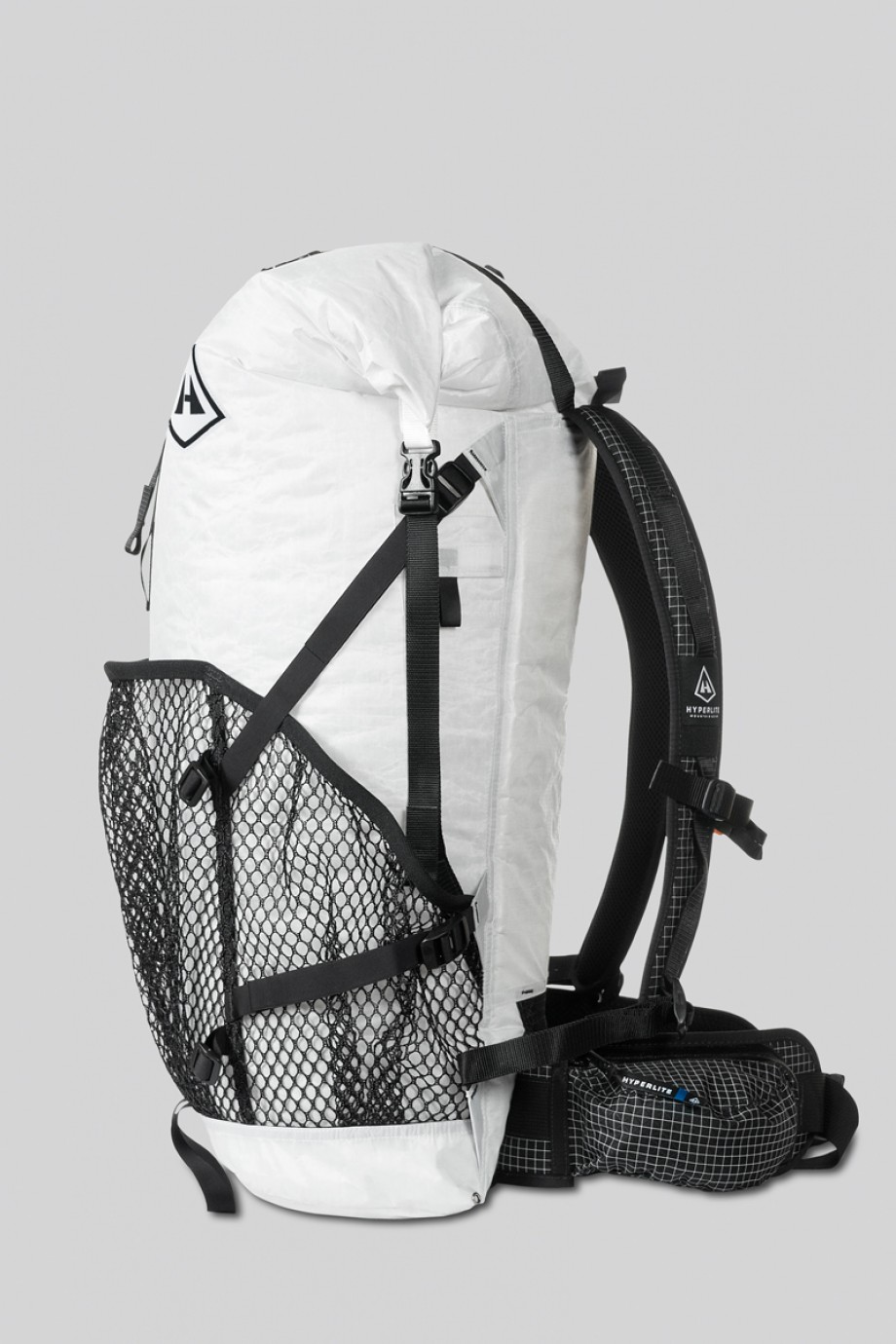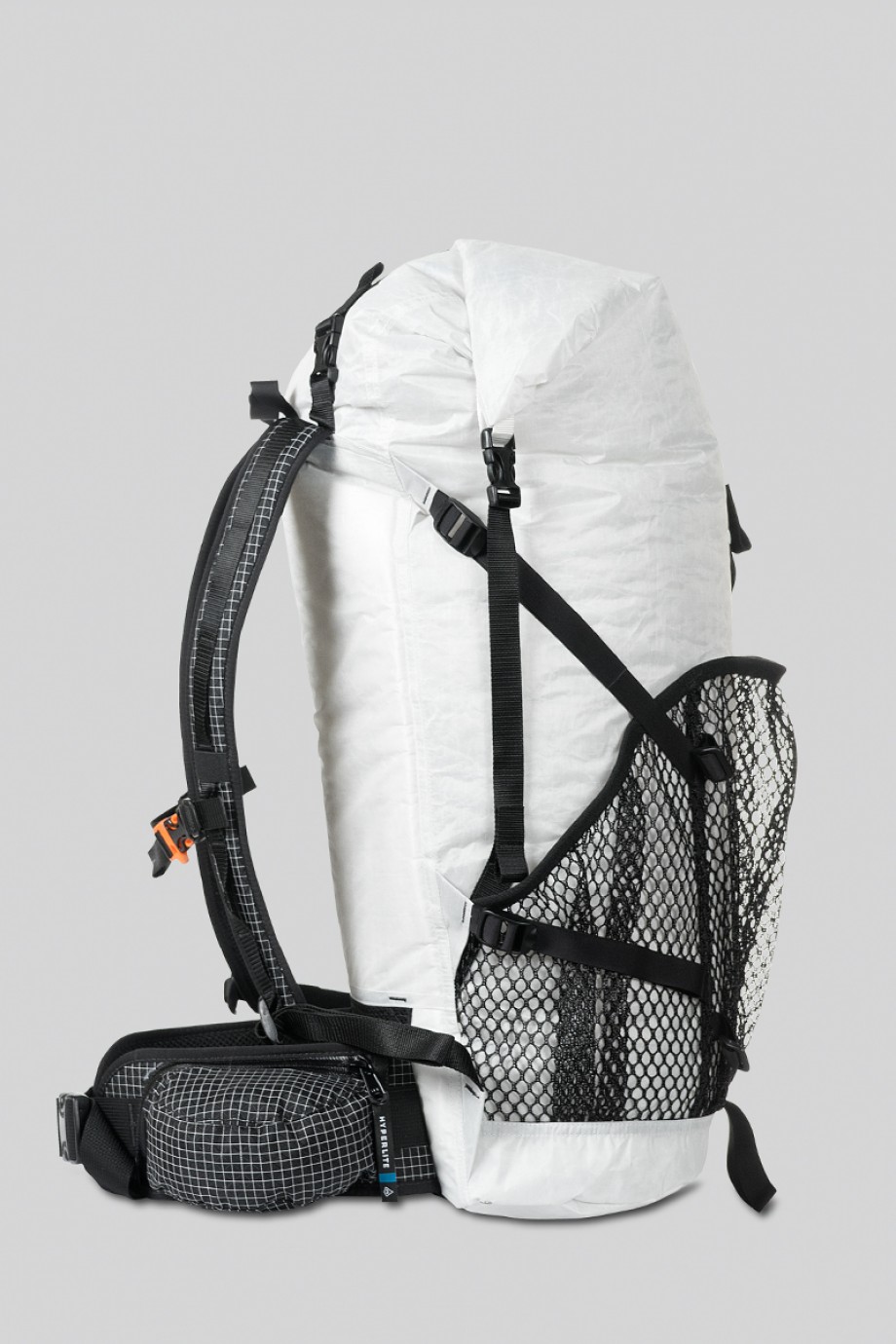Topic
MYOG hyperlite 2400 questions
Forum Posting
A Membership is required to post in the forums. Login or become a member to post in the member forums!
Home › Forums › Gear Forums › Make Your Own Gear › MYOG hyperlite 2400 questions
- This topic has 5 replies, 3 voices, and was last updated 6 years, 4 months ago by
 Jerry Adams.
Jerry Adams.
-
AuthorPosts
-
Dec 3, 2017 at 9:06 pm #3505350
Hi





Dimensions:
- Top Circumference: 37.5″ (95.3cm)
- Bottom Circumference: 33.5″ (85.1cm)
- Height (fully unrolled): 30″ (72.6cm)
- Back Width: 10.5″ (26.7cm)
Hi I’m Kristen. This is my first post. I’ve been a long time reader and love the knowledge you guys share. So, I wanted to say hey first, and thanks for all the information and inspiration I’ve seen on the forums.
I’m trying to make the Hyperlite Mountain gear 2400. The back piece of fabric is 10.5 inches in width. the bottom circumference is 33.5″. The top circumference is 37.5. I want to know if the measurements I have above covers the front of the bag and will connect with the 10.5″ width of the back panel.
I’m confused on the front piece of the fabric, the part I have the arrow drawn to. If the bottom of the bag is smaller than the top of the bag, should that front piece be like I have it?
I’ve got black hyperd 300, 210 dyneem x gridstop, and white hex70 I think. I’m hoping I can use the hex70 on this project.
Thanks in advance.
Dec 4, 2017 at 3:28 pm #3505465It looks right to me assuming one thing, the listed top circumference from HMG is at the top of the pack body and not the roll top. If the circumference of the pack increases all the way to the roll top, then the top of the actual pack body would be ~36.5″ and the overall circumference would increase another 1″ with the roll top.All of this aside, your illustrations look spot on, just remember to include seam allowances before cutting.
Dec 4, 2017 at 5:44 pm #3505490You the man Hoosier. I’m waiting on figuring out the straps and the connecting waist belt. Then I’m starting. I’ll finishing a second quilt today which is a revelation apex 50 degree quilt. I’ll post my down quilt I made last week later today. This has become addictive. It has me thinking different, like I can tackle making a couch.
have you worked with hex70 from ripstop by the roll? I’m thinking I’m going to use it for the whole bag? Should I double the fabric on the bottom of the bag? Do people do this?
Dec 4, 2017 at 6:30 pm #3505500I have worked with Hex70. I like a little more durability so I wouldn’t make a pack out of it but by all means, if you are extremely careful with your gear then you’ll probably be fine. I don’t think doubling the Hex70 would do much for the bottom. I would highly recommend you use the HD300 or 210 gridstop for the bottom of the pack.
I did, however, choose Hex70 for my straps, pockets, and hipbelt and am confident in the material for that application.
Dec 6, 2017 at 9:57 pm #3505947I can agree with that. Let me ask another question. What type of stitch are they using with this bag. The only one I recognize is the very bottom stitch. I do not recognize the stitch connecting the bottom to where th bottom of the pocket is or the side that is stitched to the back.
Have any idea which on it is. Is it a flat fell seam or semi flat fell seam or French seam
Dec 14, 2017 at 2:44 pm #3507441I was going to say French seam or flat felled seam
With a French seam, you see no stitches on the outside, just the two pieces of fabric come together. There’s a flap of fabricinside.
With a flat felled seam, the flap of fabric is on the outside and there are two rows of stitches through it. I usually add a third row of stitches.
A flat felled seam is generally stronger, because the two rows of stitches share the load and the two pieces of fabric slide apart. With a French seam there is one row of stitches that takes all the load and the two pieces of fabric pull apart.
-
AuthorPosts
- You must be logged in to reply to this topic.
Forum Posting
A Membership is required to post in the forums. Login or become a member to post in the member forums!
Our Community Posts are Moderated
Backpacking Light community posts are moderated and here to foster helpful and positive discussions about lightweight backpacking. Please be mindful of our values and boundaries and review our Community Guidelines prior to posting.
Get the Newsletter
Gear Research & Discovery Tools
- Browse our curated Gear Shop
- See the latest Gear Deals and Sales
- Our Recommendations
- Search for Gear on Sale with the Gear Finder
- Used Gear Swap
- Member Gear Reviews and BPL Gear Review Articles
- Browse by Gear Type or Brand.

